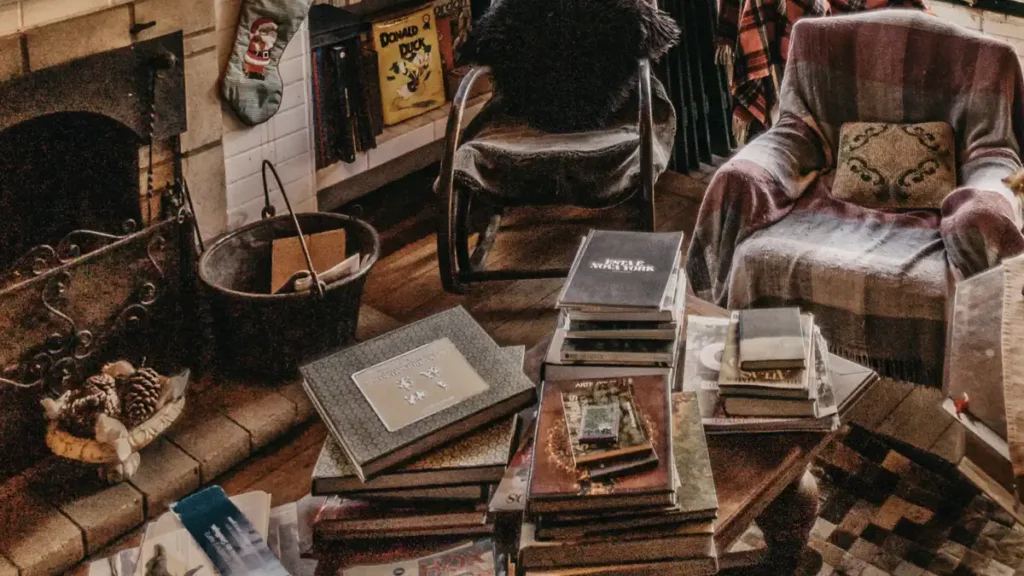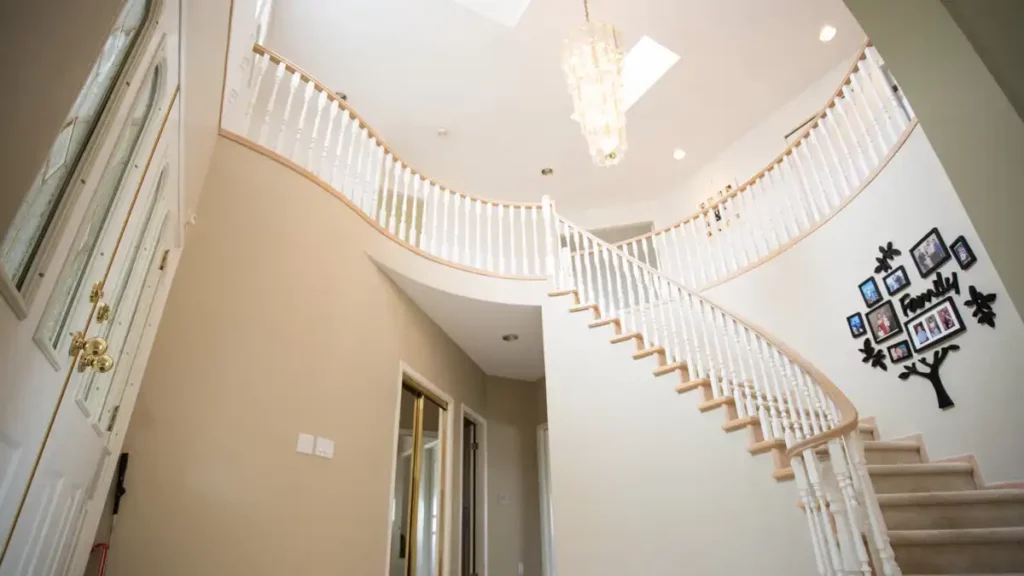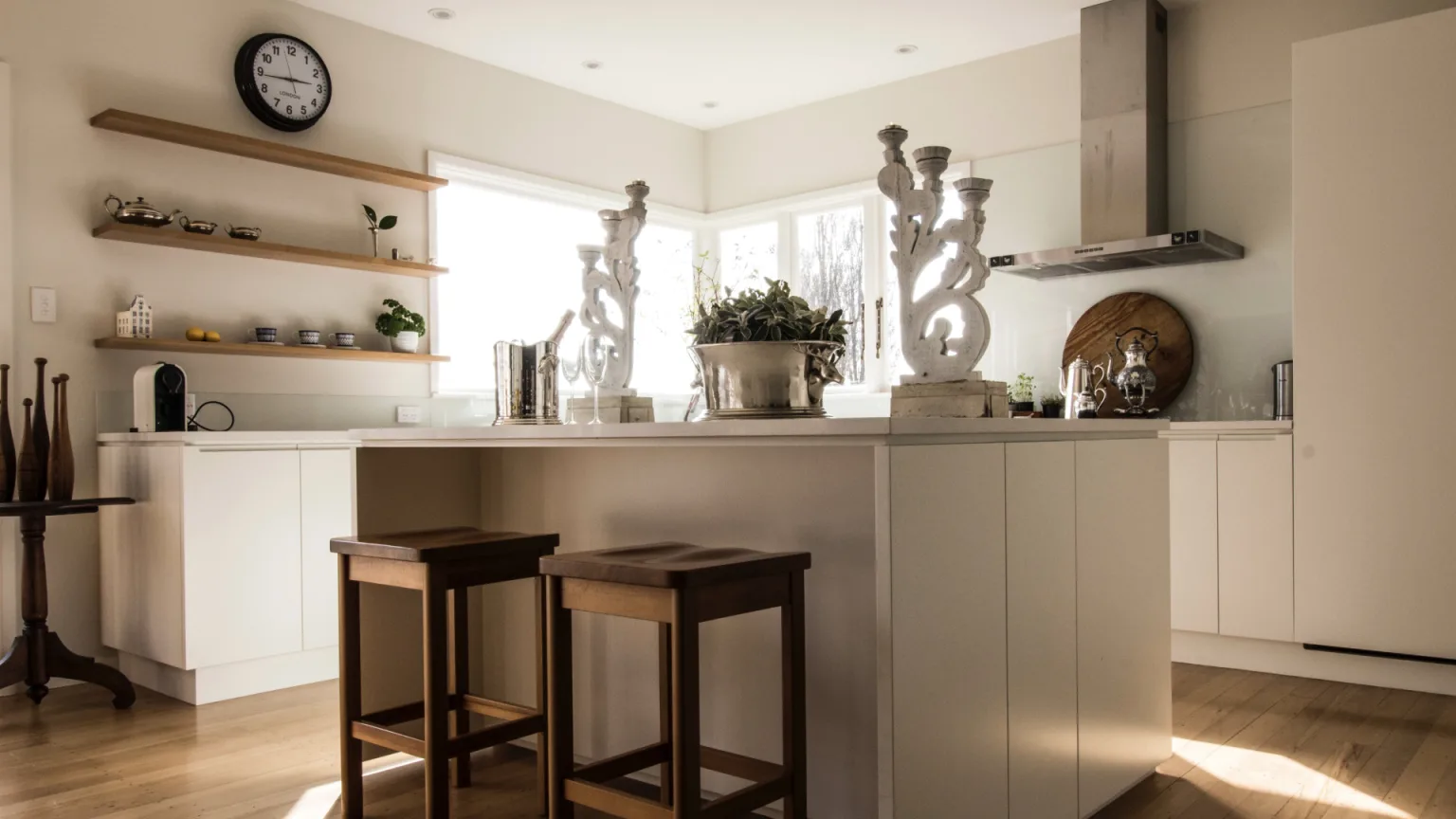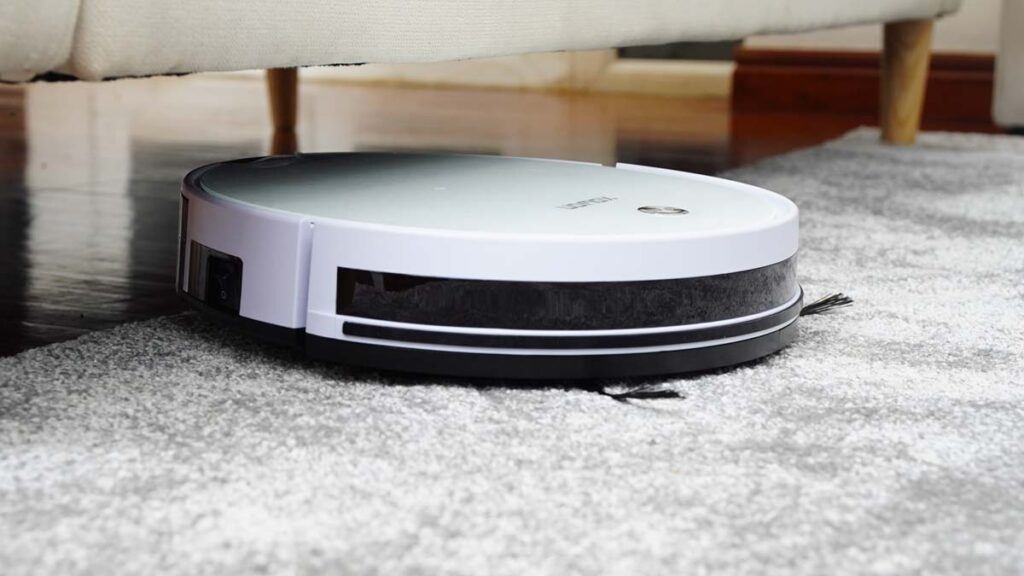How To Market A Luxury Home

For starters, not all sellers want the universe to know that their home is going on the market, so you might not have the option of advertising the home on a real estate portal or even listing it on the multiple listing service (MLS). And depending on whether or not the seller (or the home) is noteworthy locally or nationally, there could also be quite a few “interested buyers” who don’t have the means to purchase a home but who still want to come inside and look around.
But that doesn’t mean that marketing a luxury home is impossible — far from it! There are specific tactics and strategies that wouldn’t make sense for another type of property but that are perfect for luxury homes, and you can use some or all of them to secure a qualified buyer without compromising privacy.
When a home is for sale but it’s not listed on the multiple listing service (MLS), it’s known as a “pocket listing.” There are many reasons why a seller might want to leverage a pocket listing instead of using the reach and network of the MLS, and privacy is usually at the top of the list.
- If the address or the person who lives there is relatively well-known, then it probably won’t be too long before the media or a fan picks up on the home for sale and turns it into a story.That can be a tactic that works to your advantage, of course, but you might want to save the step of listing on the MLS until after you’ve used the local luxury network to shop the home (and you have not received any viable offers).
- The local community can be your best asset in the home sales process. If you tell your friends, colleagues, and members of any clubs or organizations where you’re a regular attendee that you’re putting your home up for sale, the likelihood of you finding a qualified buyer is heightened — and your acquaintances can tell anyone they know about the fact that your home is for sale. You might not be telling every buyer in the market that you’re putting a house on the market, but you’ll certainly be reaching a large portion of people who are financially qualified to take on that investment … and possibly interested in buying it.
If you think you could stand to expand that network, host a party. There’s no better way to show off your home than when it’s packed with admirers.
If your home doesn’t sell as a pocket listing and you do decide to put it on the MLS, then you’ll need some high-quality images to help entice a qualified buyer to your doorstep.
It’s not enough to “just” have pictures, either. You want the lighting, staging, and finish that comes with a professional photographer and all of the accompanying cameras, lights, and other tools. And if you really want to make a splash, you’ll need to go a step further and think about creating a video that really showcases what makes your property shine.
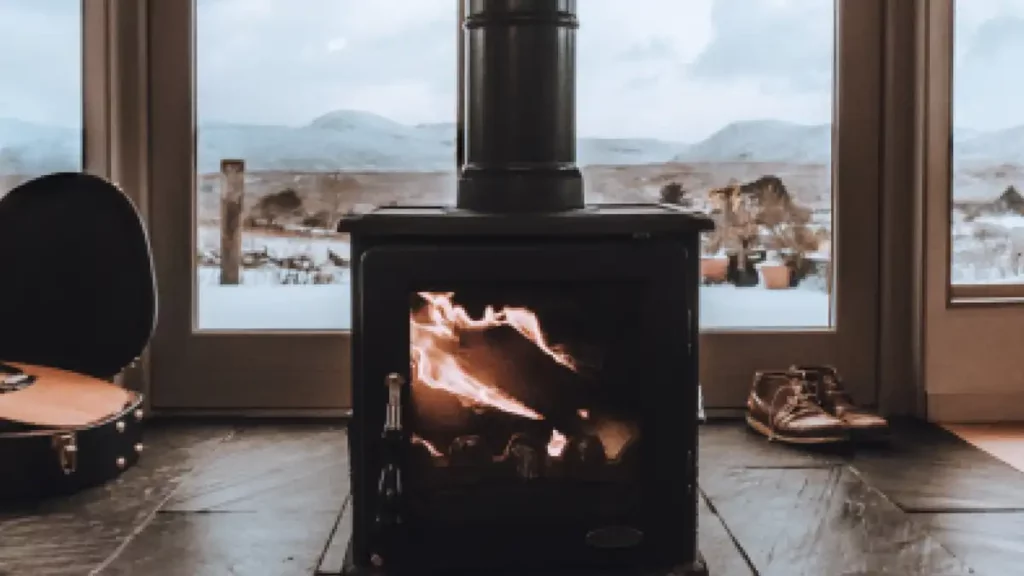
A luxury home wouldn’t be a luxury home without sweeping people away somehow. Whether that’s an architect who’s a household name, finishes fit for royalty, or a view that leaves you breathless, you need to know what makes your home fit for the “luxury” label and how you can convey its attraction to people who have never seen it.
Pick the thing or couple of things that always elicit a comment from the people who visit your house.
You probably know them if you begin to think about them — the beautifully landscaped pool area, perhaps, or the industrially equipped kitchen, or the horse stables, or the view from the master bedroom. Then make sure you make those features a central focus of your property marketing. Help potential buyers feel what it’s like to wake up and look out those windows, or take a dip in that pool after dark. Luxury is a feeling, and if you can spark that feeling in the people who are searching for a place to live, you’ll be working toward a sale in no time.
It can be difficult to price a luxury home to sell because they are usually much rarer than entry-level or mid-level homes, and therefore they don’t exchange hands quite as frequently. That makes it tough to pull comparable sales when you’re wondering how much your home might fetch on this market.
If you overprice it, it will linger on the market for much longer than it should while you consider reducing the price or pulling it off the market — agonizing for any seller. And it’s equally bad to price it so low that you’re leaving money on the closing table when the time comes to walk away.


Most buyers in the market for a luxury home aren’t going to Google “luxury homes for sale in my area.” They look for clues that indicate a property is high-end without saying it outright: “gated community,” “estate,” “extravagant,” “opulent,” or “grand,” for example. They might also look for clues in a listing, like whether it’s a waterfront property or the price per square foot.
A real estate professional can walk you through the different cues and clues that qualified buyers in your area are going to be using and help make sure that your marketing materials and listing is peppered with them.




